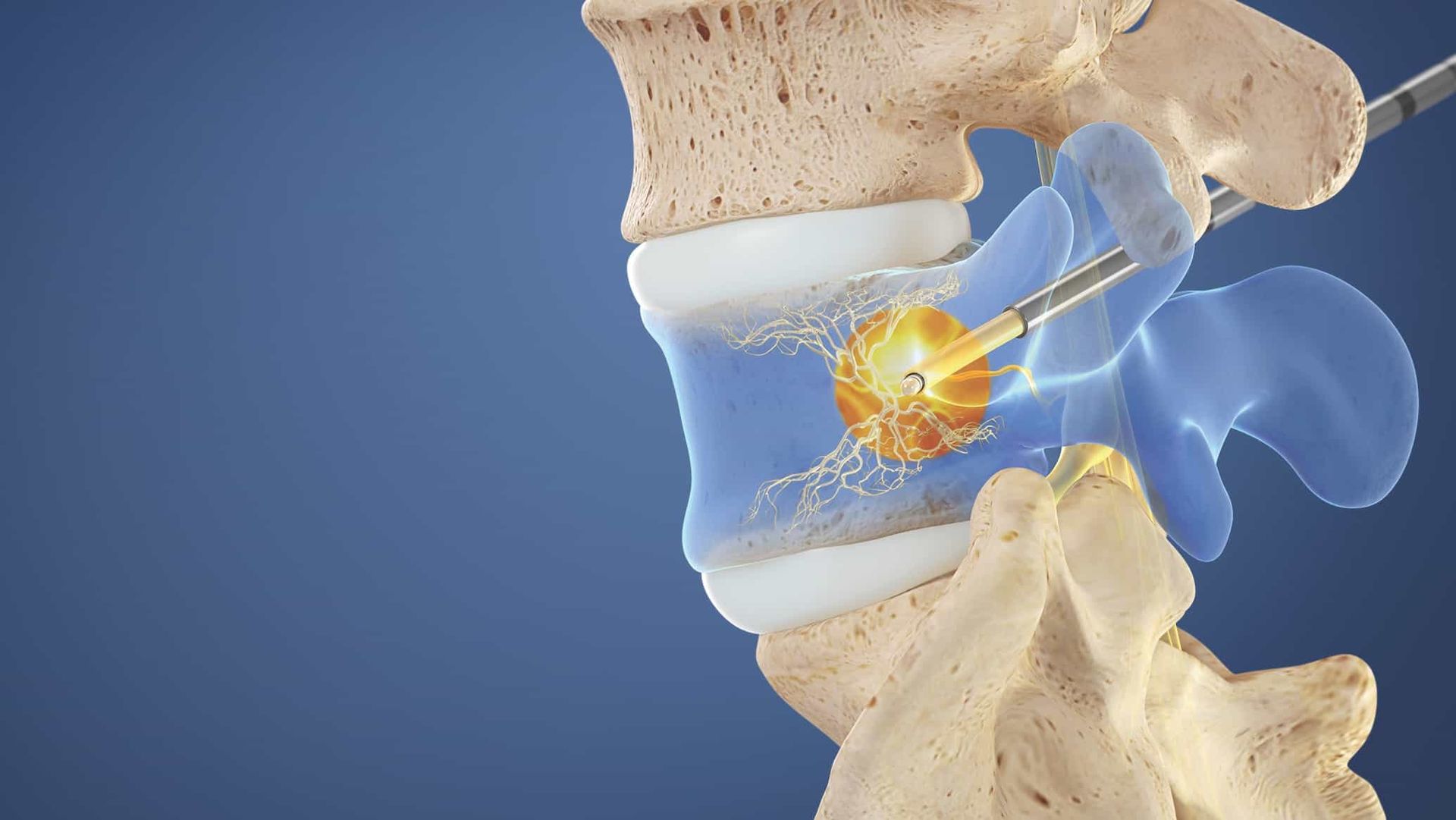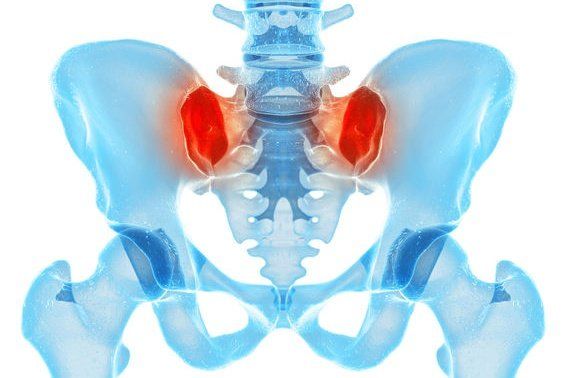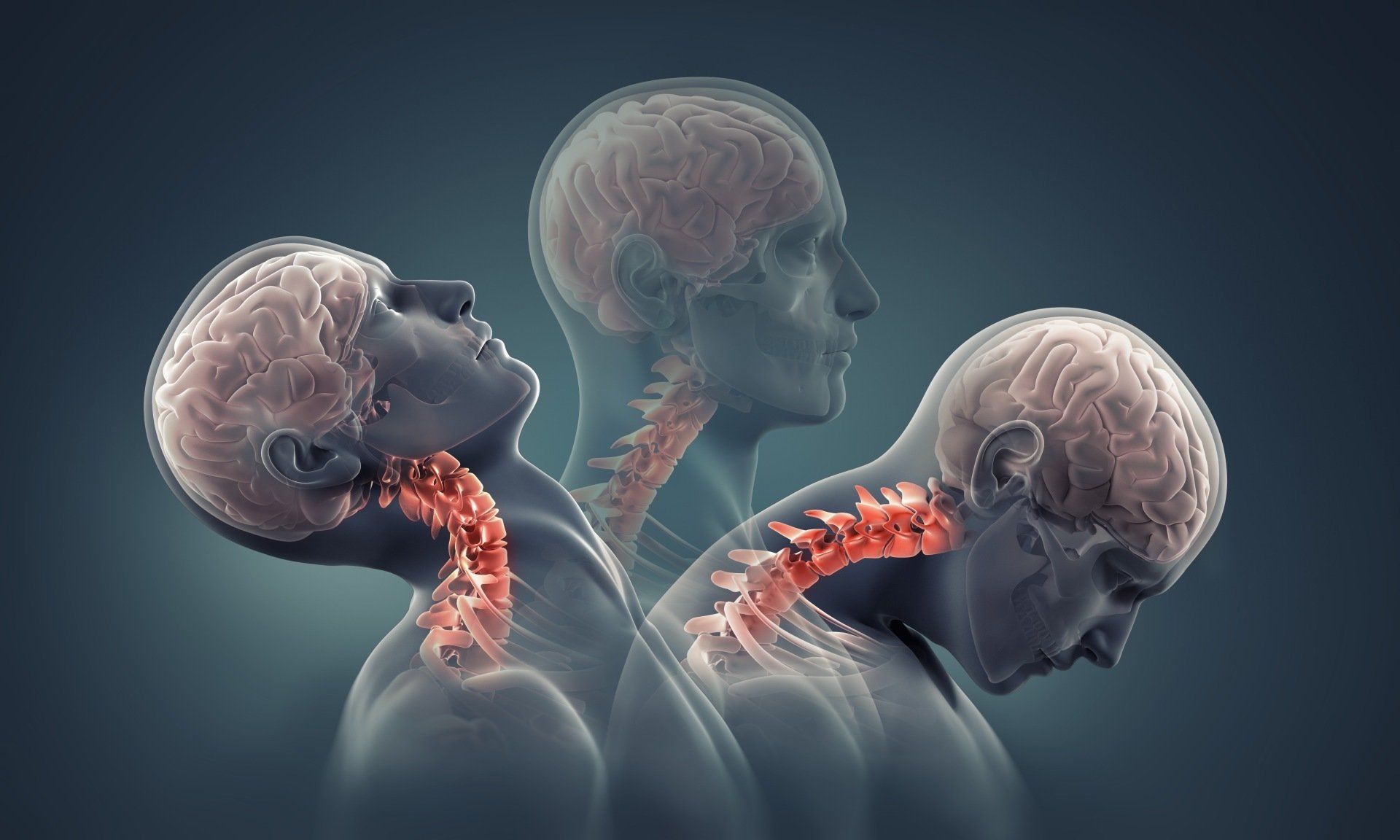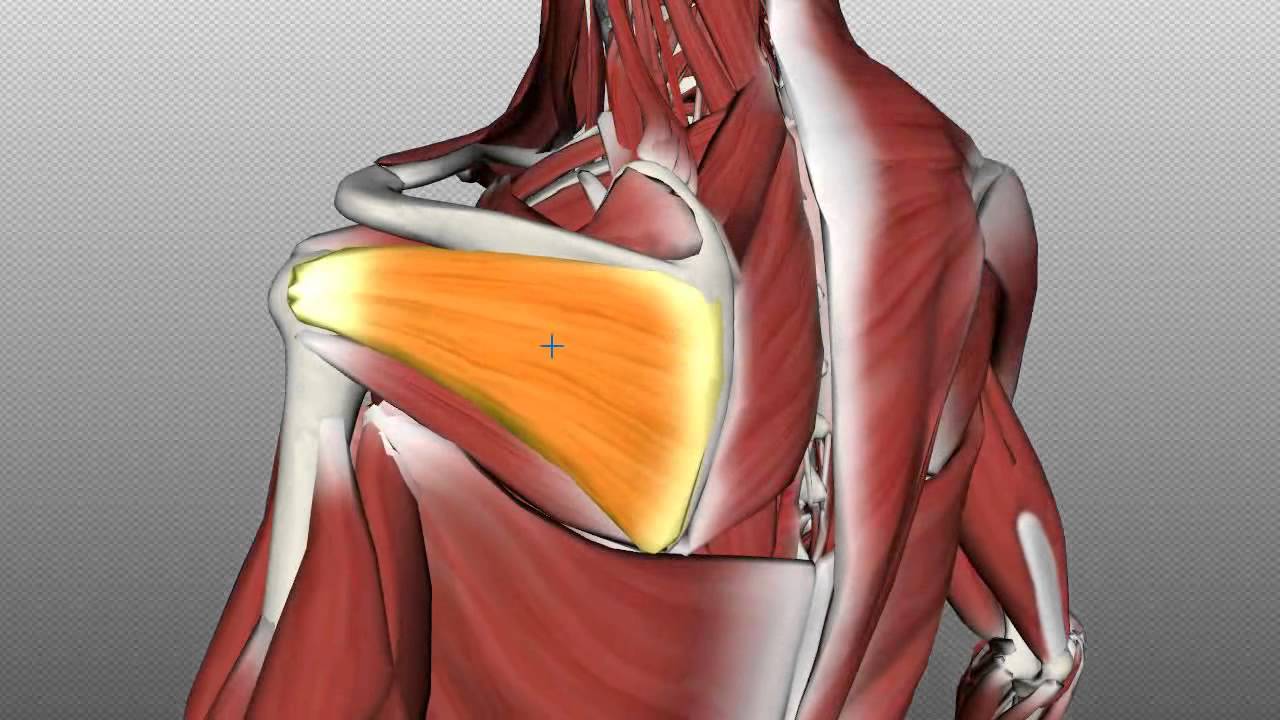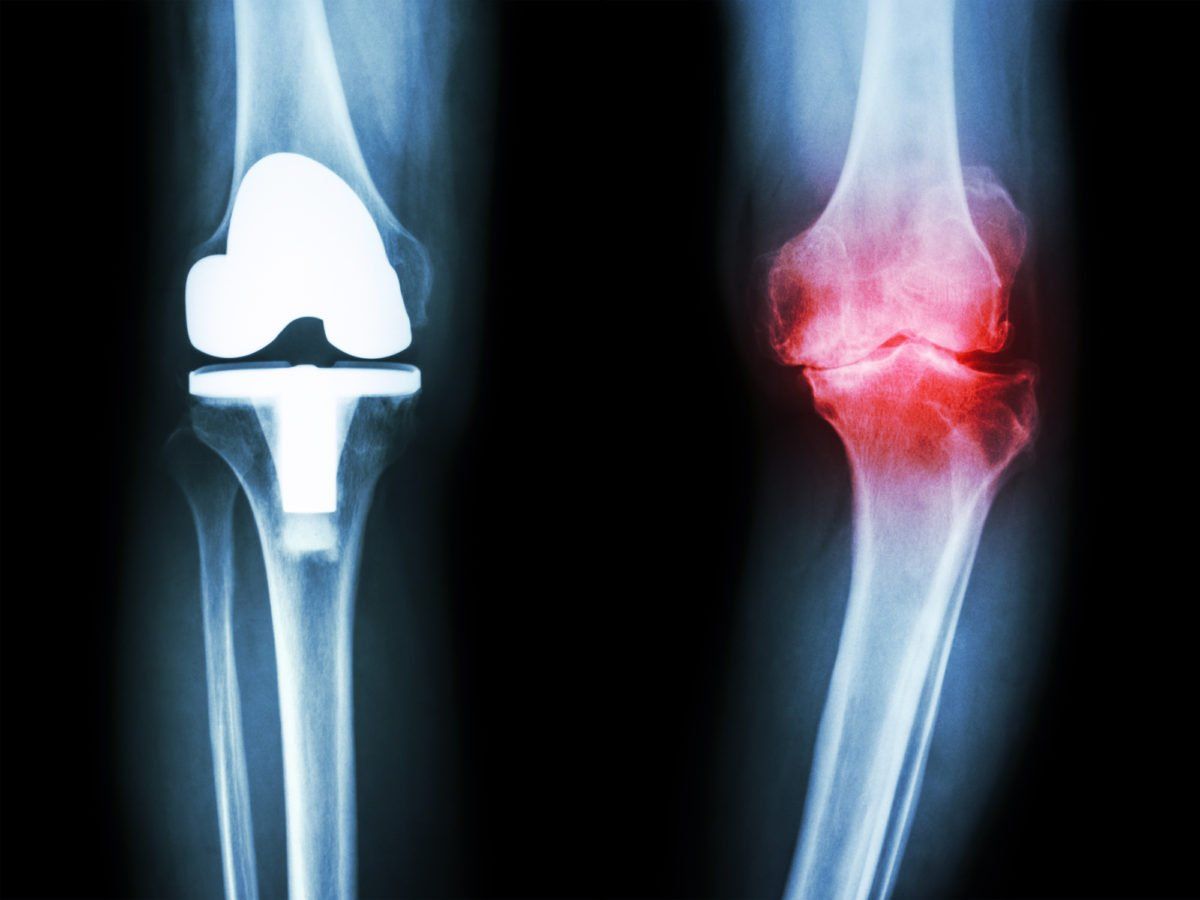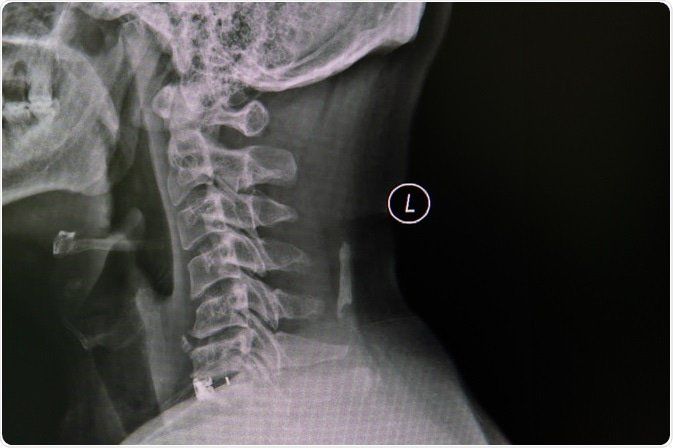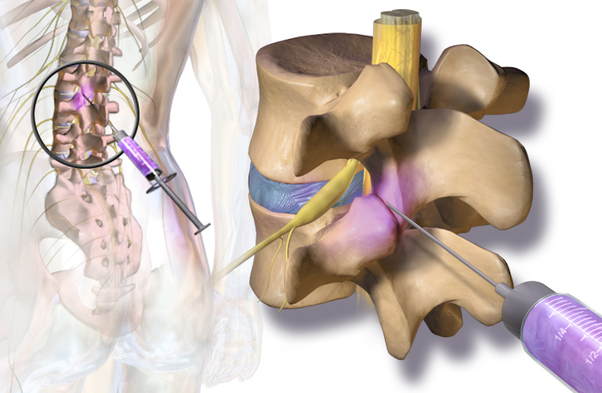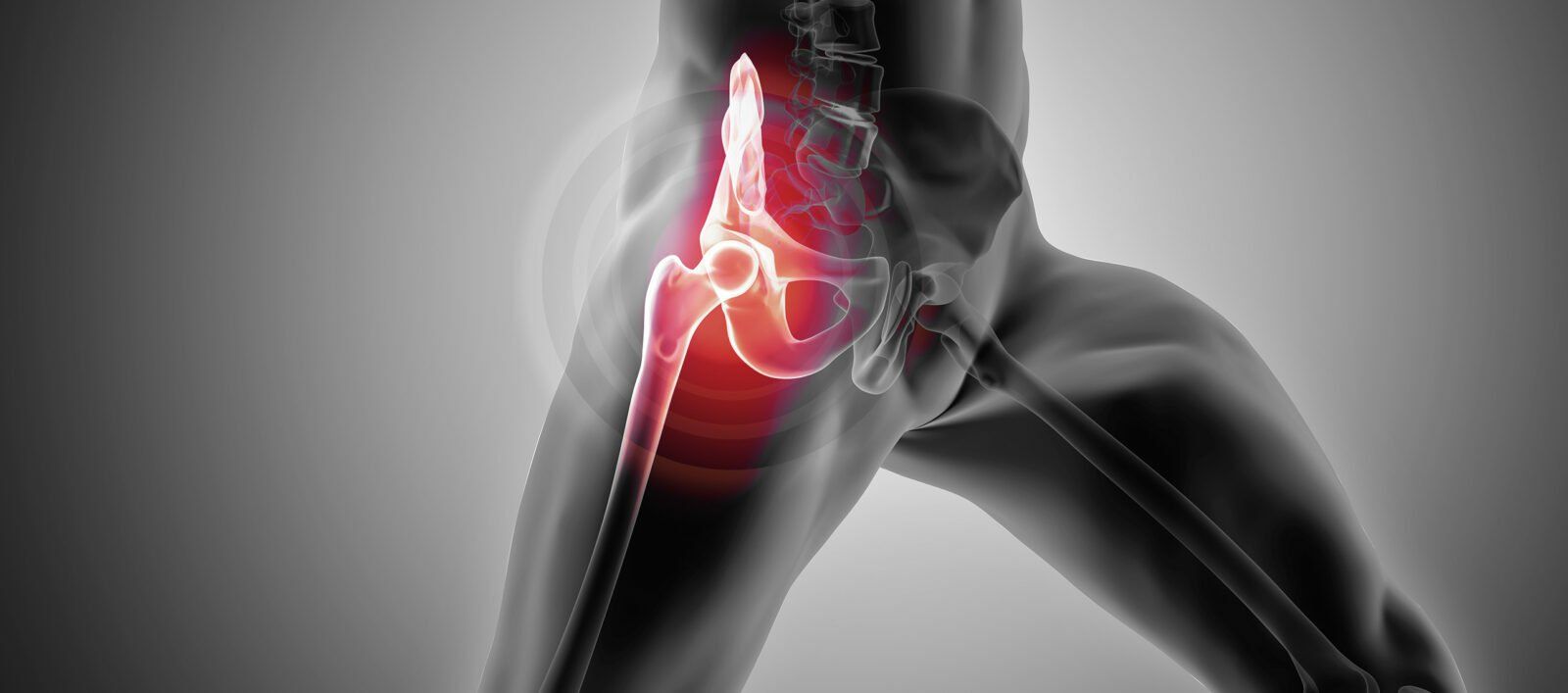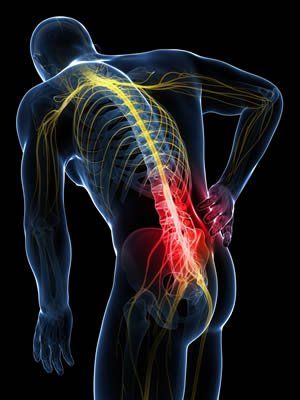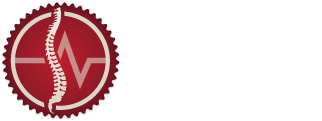Services
Anatomy of the Spine
The spinal column is the main support structure of the entire body. It consists of 33 bones, called vertebrae. The spinal column has 5 regions:
- Cervical spine consists of 7 vertebrae labeled C1 to C7. The first cervical vertebra is called the atlas. The second is called the axis. Together, the atlas and axis form the joint that connects the spine to the skull and allows the head to swivel and nod.
- Thoracic spine located in the mid back, consists of 12 vertebrae labeled T1 to T12. These vertebrae serve as attachment points for the ribcage.
- Lumbar spine commonly called the lower back, consists of 5 vertebrae labeled L1 to L5. This is the main weight-bearing section of the spinal column.
- Sacral region consists of 5 vertebrae that fused together and form a solid bone called sacrum, and they labeled S1to S5
- Coccygeal region commonly called the tailbone, consists of 4 small vertebrae. These tiny bones may be fused or separate. Together they form the coccyx, an attachment point for various muscles, tendons and ligaments. The coccyx also helps support the body when a person is sitting.
Vertebrae
Altogether, the vertebrae of the spine’s five regions support the weight of the body and protect the spinal cord and nerve roots. Each individual vertebra has a complex set of structures necessary to the overall function of the spine.
Vertebral Body
The main structure of a vertebra is the vertebral body -- a cylinder-shaped section of bone at the front of the vertebra. It is the main weight-bearing section of the vertebra.
Vertebral Canal
Behind the vertebral body is the vertebral canal. The spinal cord travels through this channel.
Spinal Cord
The spinal cord is the main bundle of nerve fibers connecting the brain to the rest of the body. The spinal cord ends near the L1 and L2 vertebrae, where it divides into bundles of nerve roots called the cauda equina. The spinal cord typically ends at L2. While many patients worry about spinal cord injury with low lumbar procedures such as epidural steroid injections, there is little to no chance of a direct spinal cord trauma in the low lumbar spine (L4-S1).
Nerve Roots
Exiting the sides of the spine are nerve roots, thick nerve branches that transmit signals between the spinal cord and the other parts of the body.
Pedicles
On either side of the vertebral canal are pedicle bones, which connect the vertebral body to the lamina.
Lamina
The lamina creates the outer wall of the vertebral canal, covering and protecting the spinal cord.
Spinous Process
Protruding from the back of the lamina is the spinous process. It provides an attachment point for muscles and ligaments that move and stabilize the vertebrae. These are the bumpy ridges that we call feel on our spines when we feel our back.
Transverse Processes
Transverse processes protrude from the sides of each vertebra. Muscles and ligaments that move and stabilize the vertebrae attach to the transverse processes.
Articular Facet
The articular facets form the joints where each vertebra connects with the vertebrae above and below it. Each vertebra has four facets (two superior facets and two inferior facets). The facet joints have a covering of cartilage, which allows movement. The two most common causes of chronic pain in the spine are injuries to the facet joints and the intervertebral disc.
Intervertebral Disc
Between the vertebral bodies are the tough, elastic spinal discs. They provide a flexible cushion, allowing the vertebrae to bend and twist. Each disc has a tough outer wall called the annulus fibrosus and a soft interior called the nucleus pulposus. The two most common causes of chronic pain in the spine are injuries to the facet joints and the intervertebral disc.
